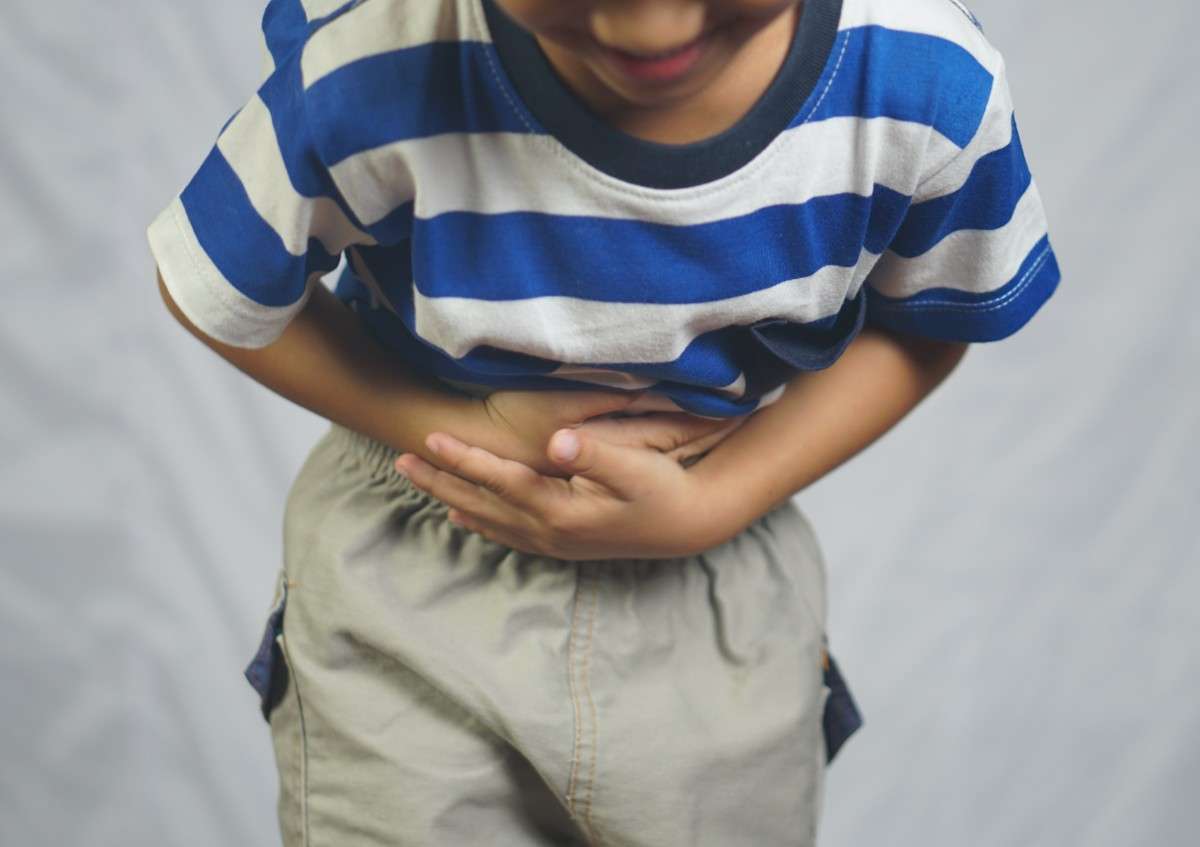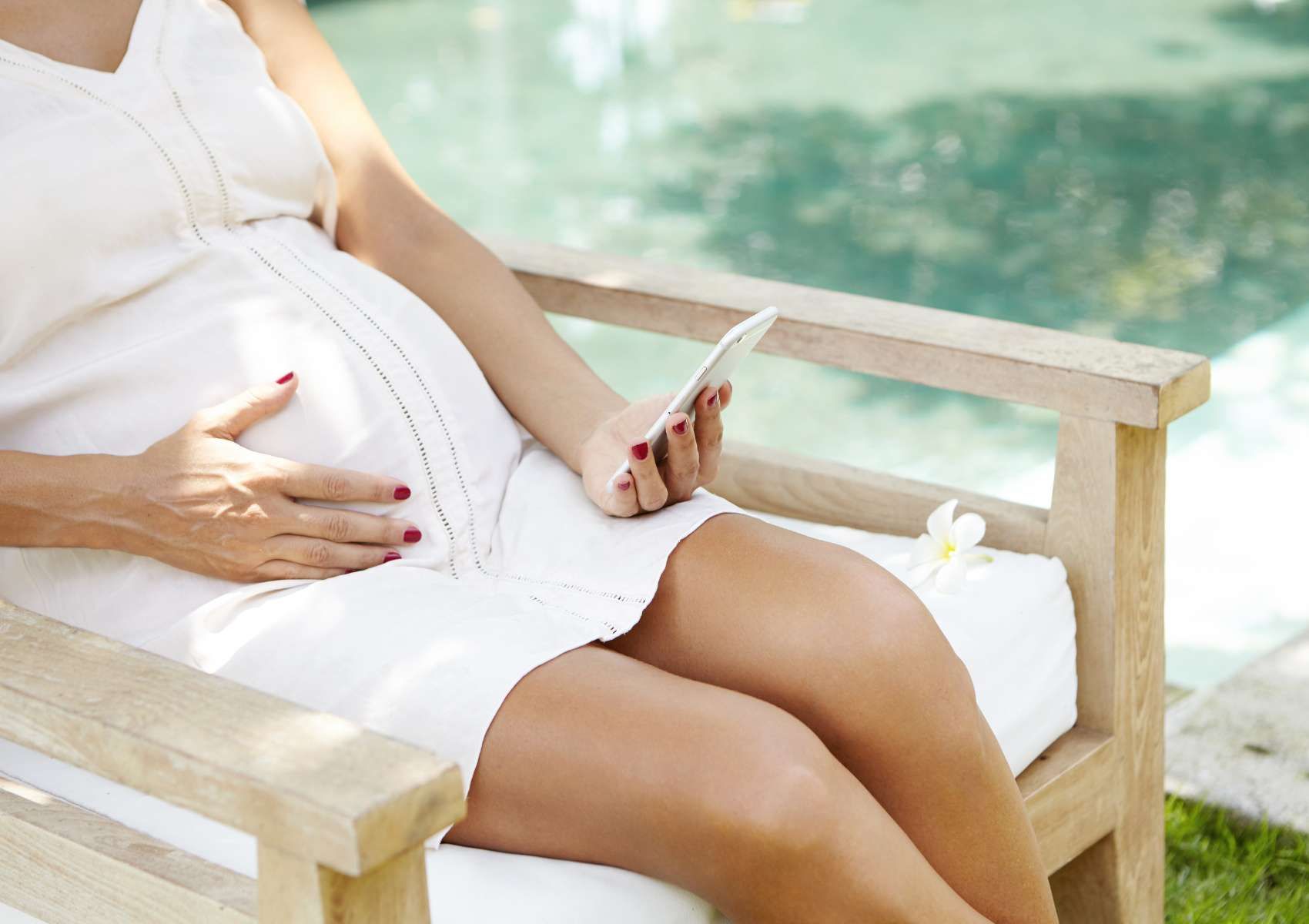

Are you experiencing persistent backaches after childbirth? You’re not alone. Postpartum back pain is a common issue many new mothers face, often stemming from a variety of causes. From the strain of pregnancy to the physical demands of caring for a new born, understanding the root of these aches is crucial to finding relief. In this blog, we’ll delve into the causes of postpartum back pain and explore effective tips for alleviating discomfort, allowing you to embrace motherhood with greater comfort and ease. May it be any kind of discomforts, we will guide you through each phase.
Lack of exercise
The lack of exercise can contribute to postpartum backaches due to various factors. Pregnancy and childbirth weaken the abdominal and back muscles, leading to a loss of support for the spine. Additionally, caring for a new born often involves activities that can strain the back muscles if done improperly or for extended periods, such as feeding and holding the baby. Hormonal changes during pregnancy can also lead to ligament loosening, which may persist postpartum, contributing to spinal instability.
Stress and Fatigue
Stress and fatigue can lead to postpartum backaches by causing muscle tension, reducing muscle strength, and promoting poor posture during daily activities. The emotional and physical demands of caring for a new born can increase these issues. Managing stress, getting adequate rest, and practicing good body mechanics are essential for getting relief from postpartum backaches.
Apply heat and cold packs
Heat and cold therapy can help ease postpartum backaches by reducing inflammation and relaxing muscles. Apply a heating pad or warm compress for 15-20 minutes to increase blood flow and soothe soreness. Alternatively, use an ice pack wrapped in cloth to numb the area and reduce swelling. Experiment with both to find what works best, always using a barrier to protect your skin.
Physical Therapy
If postpartum backaches persist, consult a specialized physical therapist. They’ll assess your posture, muscle strength, and range of motion to create a personalized plan. This may include exercises to strengthen your core, manual therapy for muscle tension, and ergonomic advice for daily activities with your baby.
Maintain good posture
Maintaining good posture involves more than just standing straight; it entails keeping your spine and supporting muscles properly aligned during different activities. While breastfeeding, it is advisable to sit in a chair with adequate back support and use a nursing pillow to lift your baby to breast level, which can alleviate strain on your back and shoulders.
Use Supportive Devices
Postpartum supportive belts or braces offer extra support to the lower back and abdomen, easing strain on muscles and ligaments. They’re especially beneficial during activities like lifting or carrying baby. Choose one that fits well and provides support without hindering movement
In summary, this blog has addressed the common issue of postpartum backaches, offering insights into their causes and practical tips for relief. By understanding the factors contributing to discomfort and implementing strategies like maintaining good posture and utilizing supportive devices, new mothers can alleviate pain and embrace motherhood with greater comfort.
At Supra Hospital, we understand the unique challenges new mothers face during the postpartum period. That’s why we offer specialized care and support to help you navigate this transformative time with confidence. From expert consultations to personalized treatment plans, our team is dedicated to ensuring your well-being every step of the way.Trust Supra Hospital for comprehensive postpartum care tailored to your needs, because your health and comfort are our top priorities.
 Nutrition and Healing After Cancer Surgery: What Our Experts Recommend
Nutrition and Healing After Cancer Surgery: What Our Experts Recommend
 Deworming in Children: Why It’s Important and When to Do It?
Deworming in Children: Why It’s Important and When to Do It?
 Adapting Prenatal Care for Seasonal Climate Changes
Adapting Prenatal Care for Seasonal Climate Changes
 Managing Pregnancy Under Extreme Summer Heat: Tips for Expectant Mothers
Managing Pregnancy Under Extreme Summer Heat: Tips for Expectant Mothers